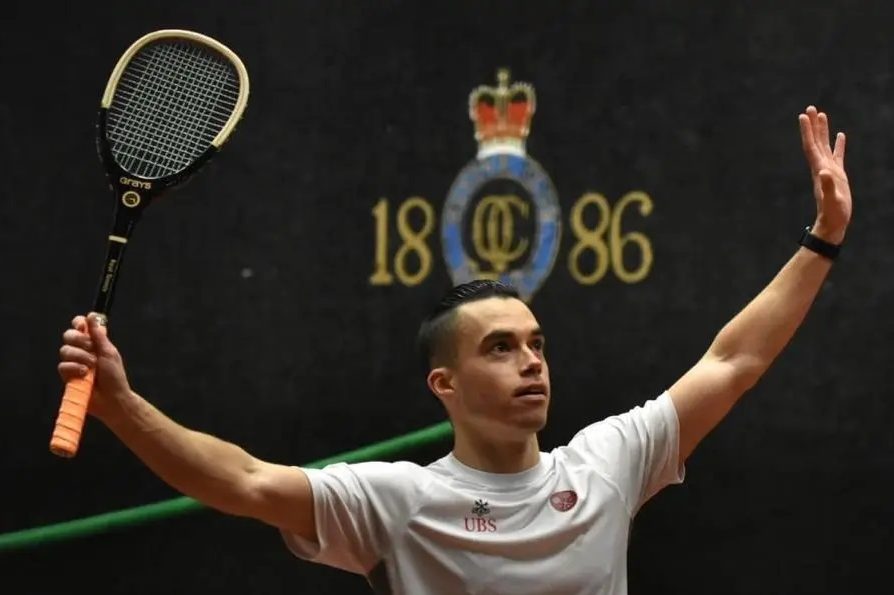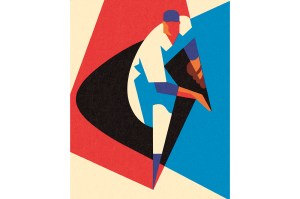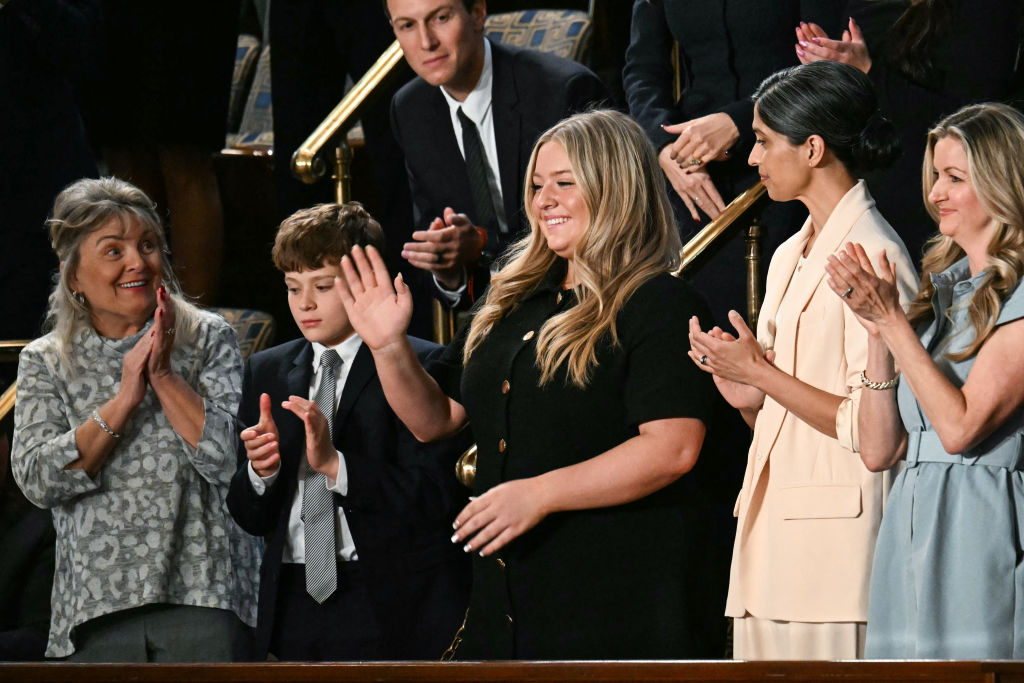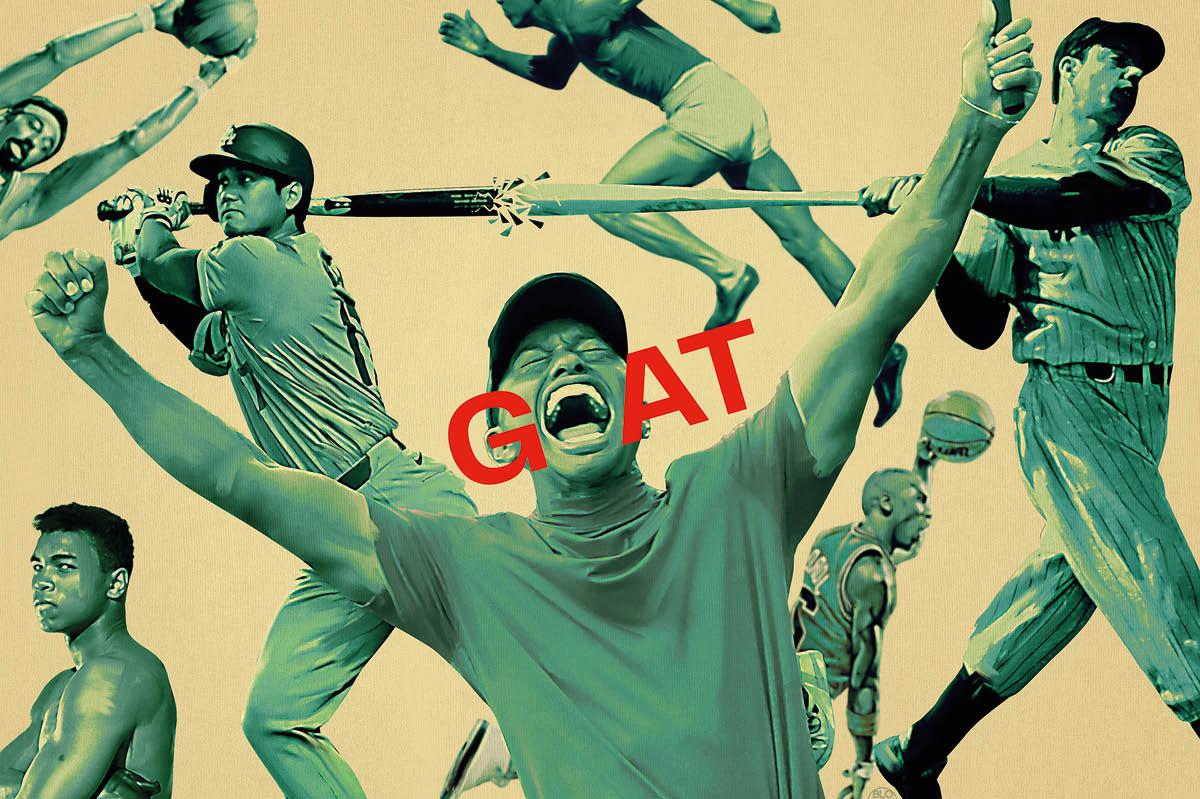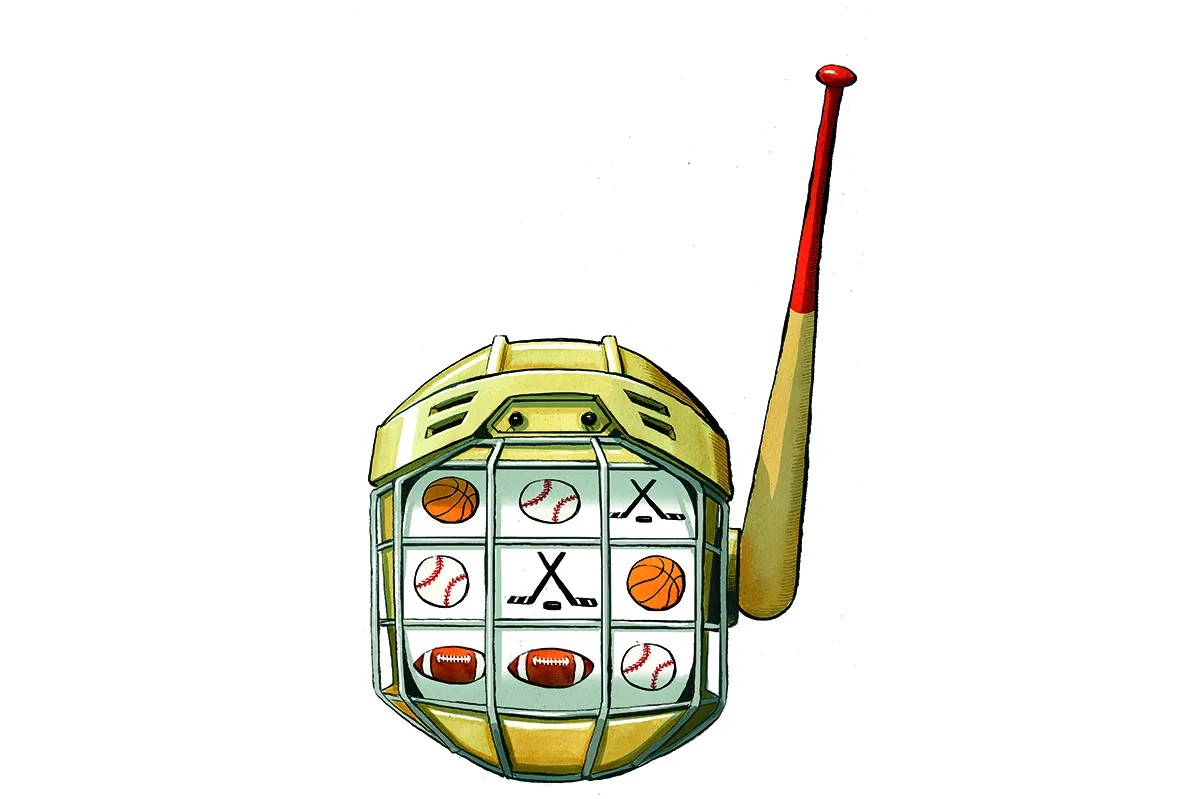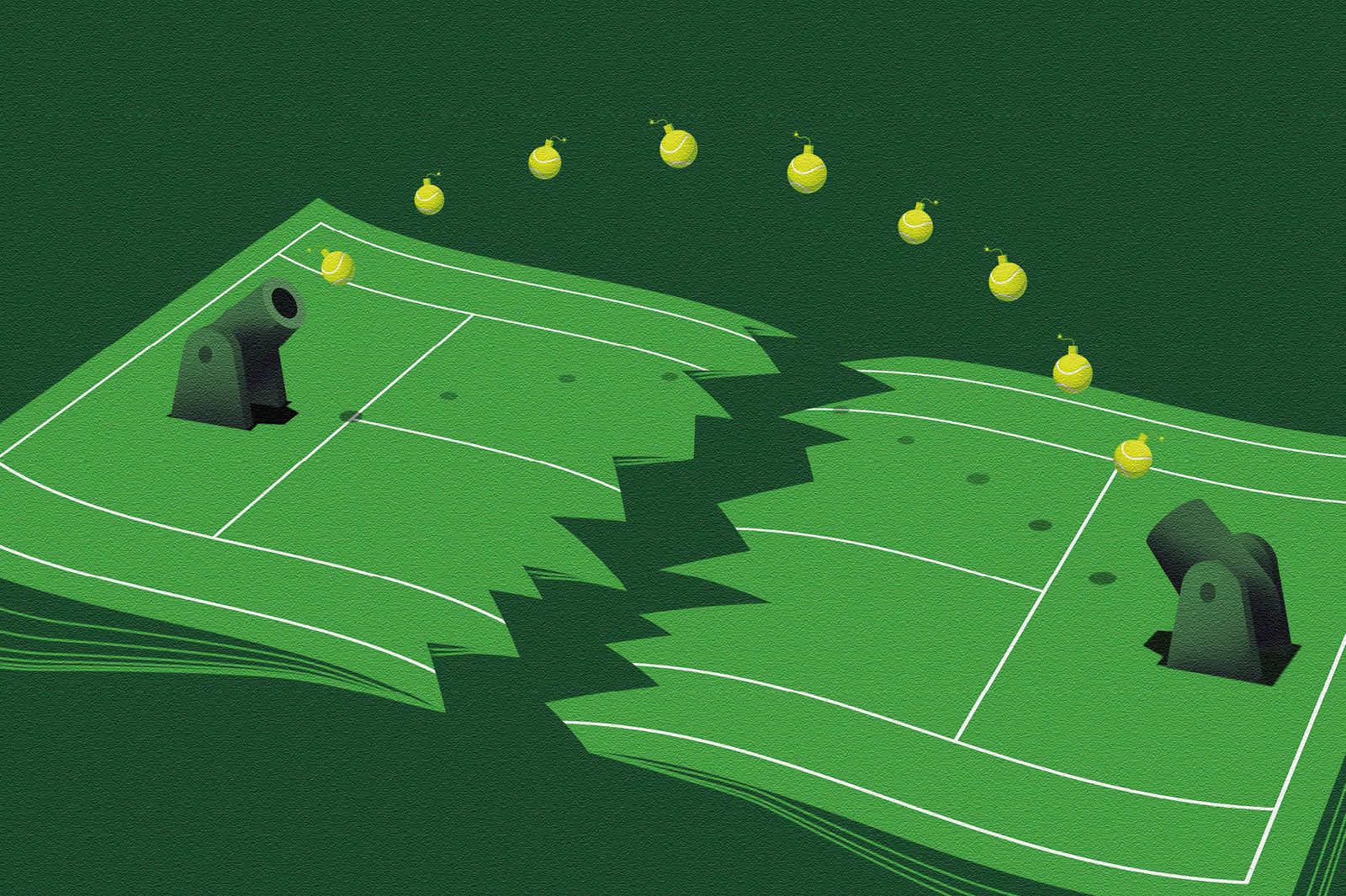When John Lumley was a baby, his mother placed him in his carrycot at one end of the tennis court in the leafy English village of Holyport in Berkshire, and drove balls at him. I should clarify that John was perfectly safe. The tennis in question was real tennis: the old-fashioned version of the game, which is played indoors, with a window at one end fitted with string netting.
Nevertheless it’s easy to picture the infant John, secure behind that safety net, being jolted awake as ball after ball thudded into it, and waving his arms wildly in the way that babies do, before lapsing back into unconsciousness. Few sportsmen can ever have been so intimately introduced, at such a tender age, to the sport that would define their lives.
Lumley is a retriever. He is known as The Hare because he’s so quick about the court
Few, too, have grown up so immersed in it. John’s mother Penny was six times women’s world champion: hitting those balls at Holyport was part of her training. His father Colin was world number three. The couple met at a real tennis club. On the morning of their wedding, Penny played in the Australian Open. She played again the following morning and went on to win the tournament, before competing in the World Championship a week later, which she also won. John’s sister Tara is world number three in the women’s game. The baubles on the family Christmas tree include a real tennis ball.
Now John has seized the world number two spot. He’s competing in the World Championship finals at Washington’s Westwood Country Club, which started on Sunday and will run until Thursday. “It isn’t by accident that I’m here,” John tells me, when I get him on the line from Philadelphia, where he works as a coach. “This has been my life’s goal: to make it to this point.”
Before continuing, I need to explain one thing about real tennis. Although it’s a minor sport — there are roughly 11,000 registered players — it is also the most beautiful game in the world. I’m biased because I play it myself. And I know that there are millions of soccer fans who would disagree. But hear me out.
Firstly, real tennis is real old. The game goes back to the time of the Tudors, who loved it. Henry VII played. Henry VIII played. So did the Stuart kings. In the 16th century, there were around 1,500 courts in France alone. Squash (1830s) and modern tennis (1873) are toddlers by comparison: the sporting equivalent of babies in carrycots, waving their arms.
Secondly, real tennis courts are real handsome. Their fine architectural aspects are inherited from monastic cloisters. Hence the sloping “penthouse” roof that stretches across both ends of the court and along one side. Hence the “tambour,” an angled buttress that juts out of the other side. Ditto that netted window, which is known as the “dedans.” Players may steer balls into, or onto, any of these features.
Thirdly, real tennis is real hard. If you hit a normal tennis ball, it flies. If you hit a real tennis ball, it dies — unless you find the small sweet spot in your wooden-framed racquet. And if you don’t, you feel it, since the balls are as solid as cricket balls. Cricket is a nice analogy since it’s hard to hit a perfect cricket stroke in a comparably satisfying way. With real tennis, the added beauty lies in the fact that that ball is coming back.
This is part of the reason why, at thirty-one, Lumley is just getting warmed up. “They always say you reach a golden period around thirty. You have the experience. You still have the speed. I was never convinced by that. But now that I’m here, I can see it. Now I can have a bad day and still find a way to win.” His opponent in the final, the American player Camden Riviere, is thirty-six.
There has never been a real tennis world champion in his early twenties. The popular explanation for this among players is that it takes a decade to learn to play the game well. They compare it to chess or they call it a cross between cricket and pinball. The long arc of Lumley’s professional trajectory bears this out. “John has been touted as a potential next world champion for a really long time,” says Josh Smith, the head coach at Holyport. “Because of the depth of technical skill in the game, it takes a really long time to get to the top. And even longer to get to the top of the top.”
Smith tells a story to illustrate the point. Last year, Lumley was at a tournament playing Rob Fahey, who has been world champion a record thirteen times. At one point, Lumley served and Fahey, now in his mid-fifties, stepped in and “thundered” his return, on the volley, into the wall on the far side, so that it angled off and buried itself in the dedans at the far end: an unplayable winner. No one applauded. The US crowd favored the US-based Lumley. Watching from the gallery at the side of the court, Smith heard Fahey mutter, “It takes 35 years to perfect that fucking shot!”
Can it take so long? “John has been making steady progress, learning all the time,” says his father Colin. “It’s a difficult game to get good at.” According to Chris Ronaldson, Lumley’s mentor who was world champion in the 1980s, “The two primary reasons are that the ratio of skill to fitness required is much higher than with squash or tennis, and the more complex range of strokes and tactics takes longer to master.” Real tennis is “infinitely more complicated” than other racquet sports, says the women’s champion Claire Fahey.
A fourth thing that makes real tennis the most beautiful game in the world is that it’s less about power than its rivals. Hit the ball too hard and it can smack the farther penthouse and fly up in the air, before flopping down and gifting your opponent a put-away. “There are different ways to be good at it,” Lumley says. “You can be a power player or you can be a retriever.”
Lumley is a retriever. He is known as The Hare because he’s so quick about the court. Actually, there are two reasons for his nickname. The second is that he takes so much trouble over his hair. His pre-match routine begins with a shower and fixing his hair. He has an impressive black thatch, which he thickly gels and combs back like a Teddy Boy, before applying TREsemmé Ultra-Hold Hairspray. On court, that coiffure glistens. “The hairspray is where it’s at,” he tells me. “You need good hairspray. And I always have a spare headband in the bag, in case the hairspray fails.”
Riviere is not so exquisite. By comparison, he looks almost scruffy. But don’t be fooled. The American is known as the Ginja Ninja. (What is it with real tennis players and their hair-based nicknames?) This is in tribute not only to his coloring but also to his kill skill. A retriever par excellence, Riviere hasn’t lost to anyone apart from Fahey in years. And he hasn’t lost a set in months — except for one or two to Lumley.
Real tennis operates on a strict handicap system. Each player has a handicap, which is updated after every game they play. My handicap is -34, which means I’m about 800th in the world. Claire Fahey is at -4, which puts her in the top twenty-five. John Lumley is at +10, which is extraordinary. But Camden Riviere, the Ginja Ninja, is way out ahead of the pack at +17.
What this means is there’s a possibility, some would say a likelihood, that the finals will be a slow-mo whitewash. More like a test match than a Wimbledon final, they will take place over three days. It’s the best of thirteen sets. A seven to zero victory to Riviere could be in the offing, and even then, if Lumley comes close to taking some of those sets, he will have done pretty well.
‘John has got nothing to lose so he can come out swinging,’ says his mother Penny
Our man is a bit like Andy Murray facing Federer in his prime. Lumley won the British Open in 2021. He won the Australian Open in 2022. But he has never bested Riviere.
“John has got nothing to lose so he can come out swinging,” says his mother Penny. “Hopefully Cam will be nervous. Cam has everything to lose.” When I remind Lumley how he was once placed in the Holyport dedans, like a real tennis Moses, his laughter comes down the line from Philadelphia. “I love Holyport. It’s where it all began. Without Holyport, I wouldn’t be where I am.”
Shyly, I ask him how he hopes to overturn the odds and beat a man who seems unbeatable. “I’ve seen him have bad days,” The Hare replies. “He just hasn’t had a bad day in a match recently.”
He goes on to confide that he has been adding new shots to his repertoire: stuff Riviere won’t have seen before. “I’ve changed my force. I’ve changed some stuff on the backhand side from under the Grille. I have a new shot from the serving end.” When I press him, he reveals that he has also recruited the one man who knows how to beat Riviere: the great Rob Fahey.
“He’ll fly over to the States to hit with me for the last six days of practice. At that point, the hard work will have been done. It’s then getting used to the court and working on the game plan.” Relentlessly upbeat, for once The Hare hesitates. “It’s going to be a big step. Everything is now that much bigger. I mean, I’m playing Camden. The crowd will be crazy. But I can’t wait.”
This article was originally published on The Spectator’s UK website.



